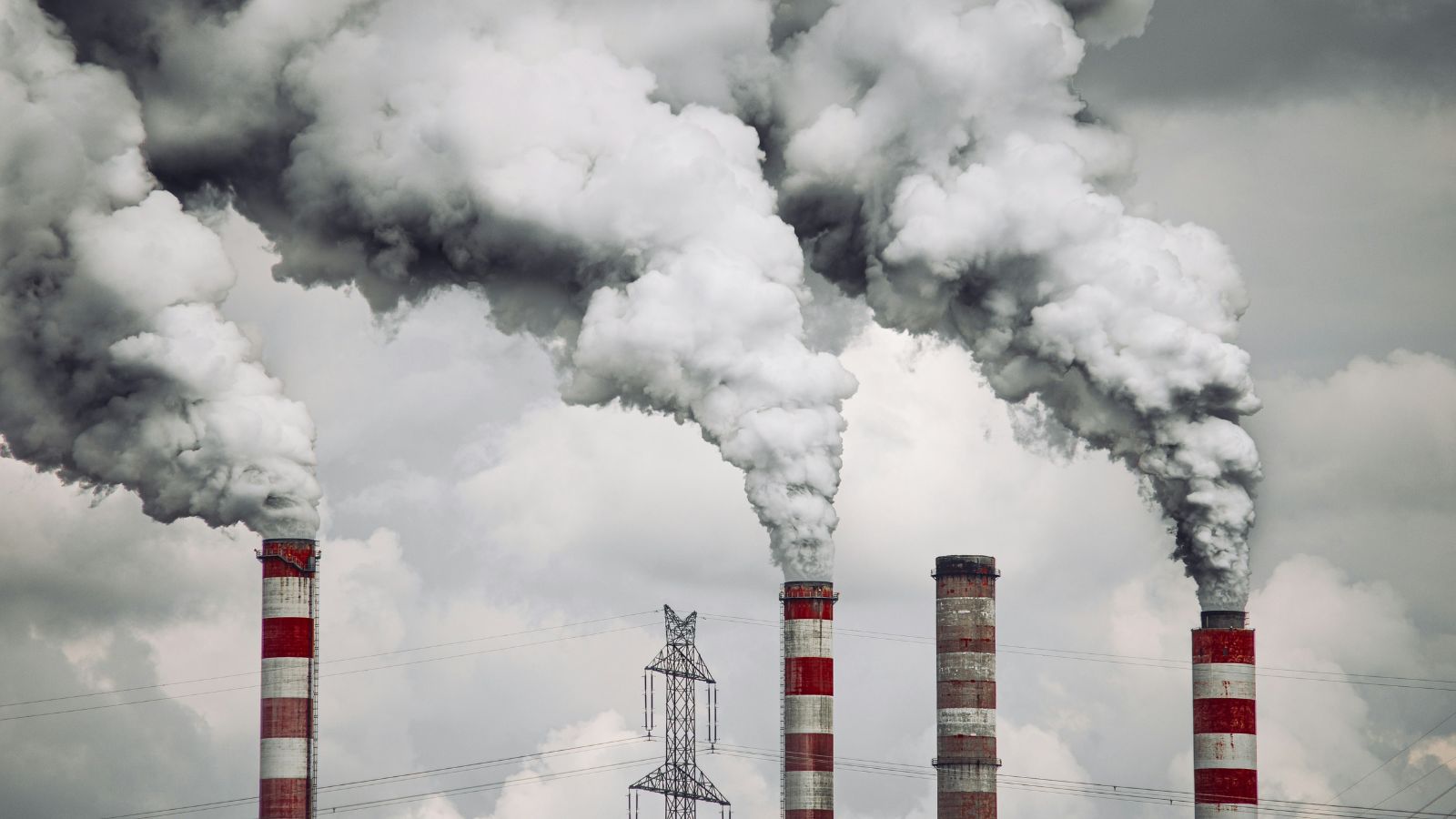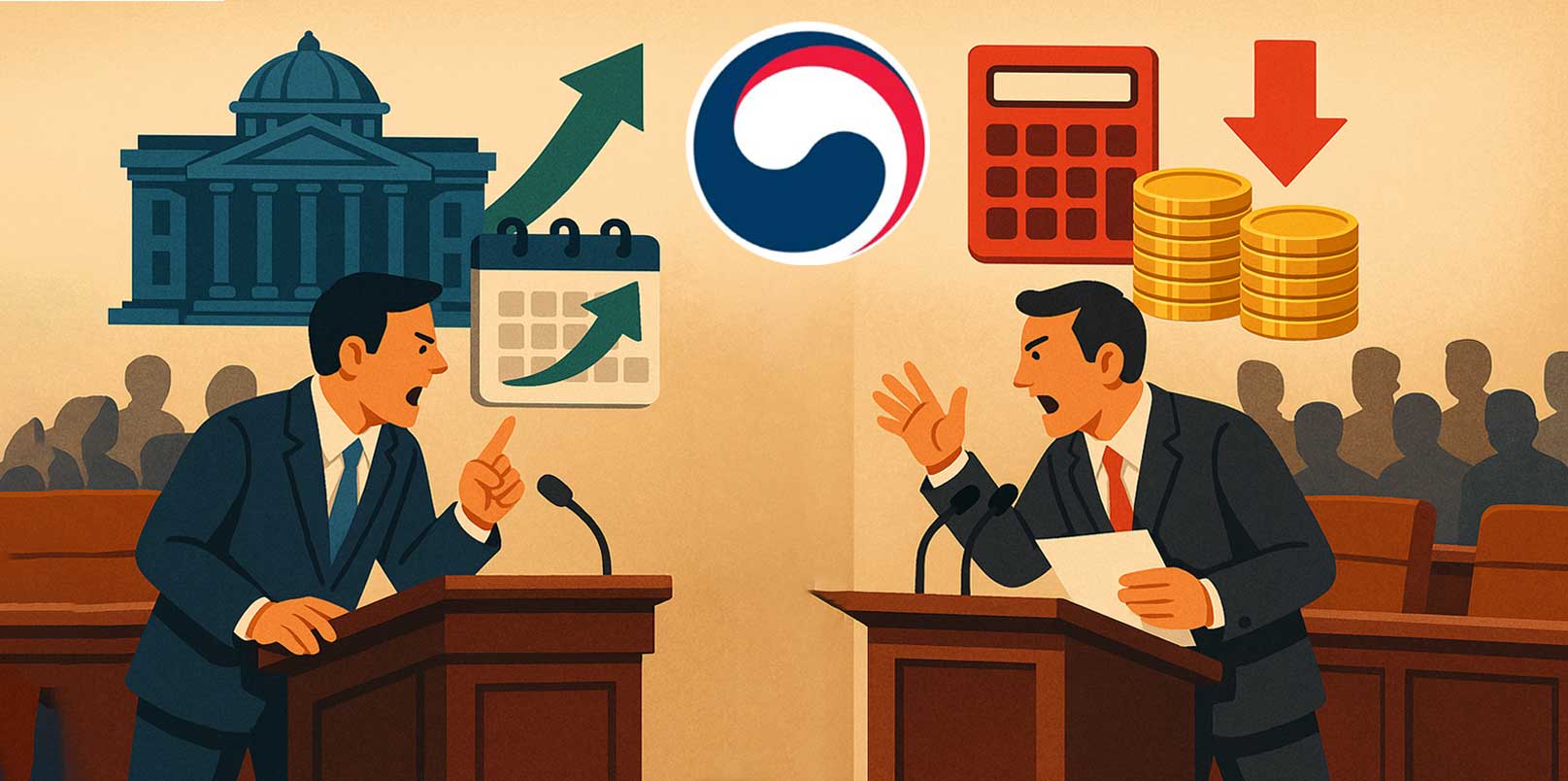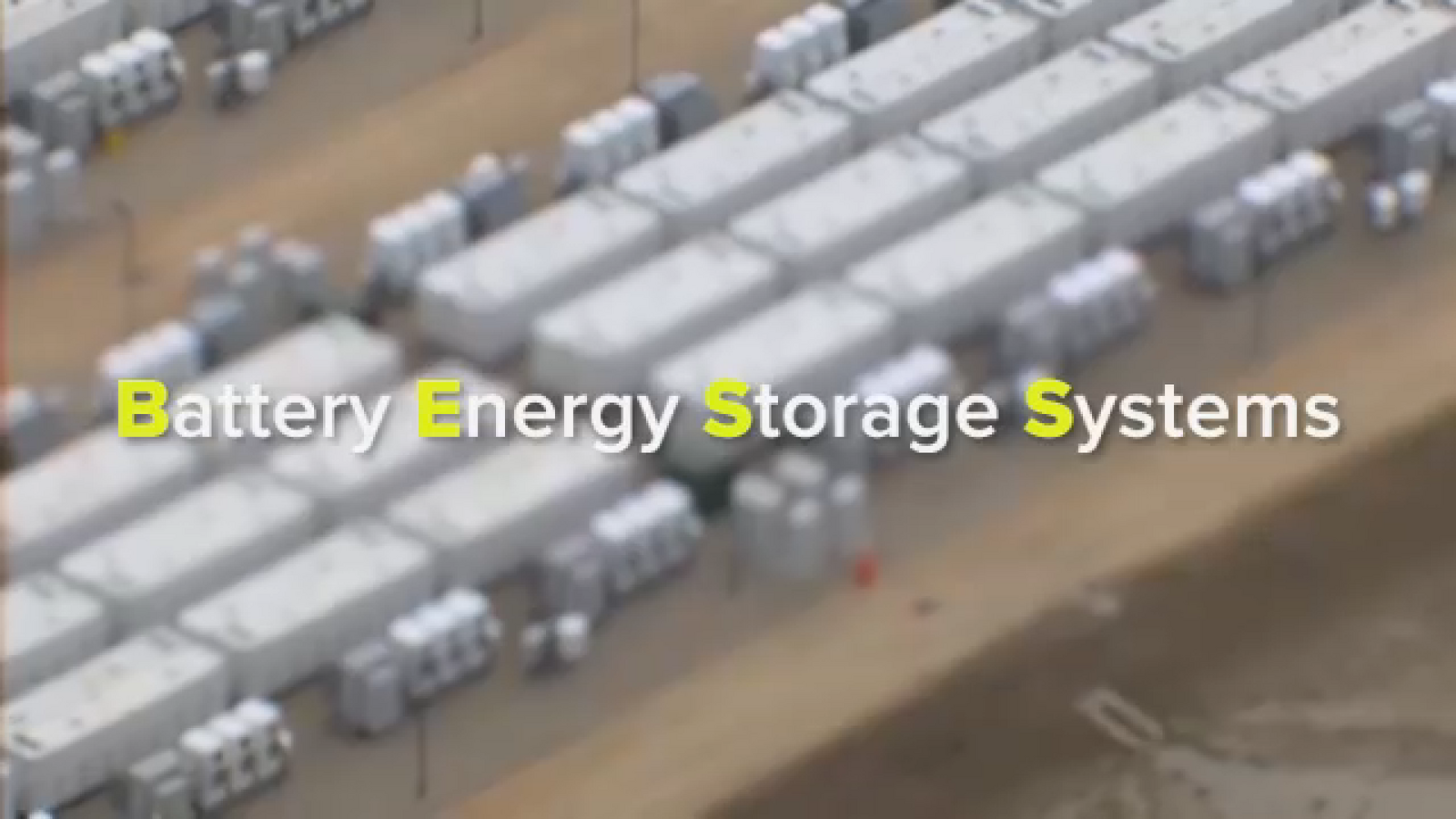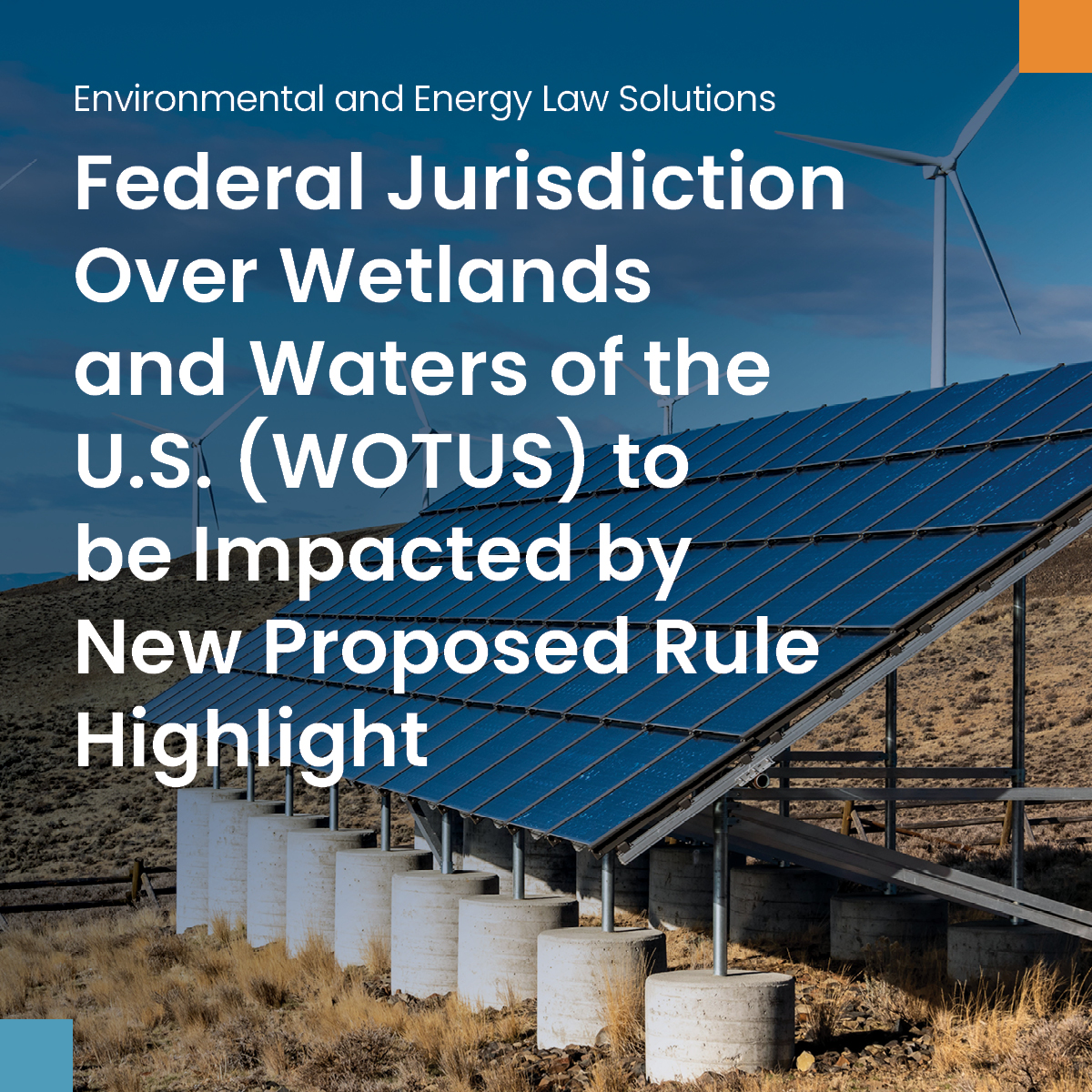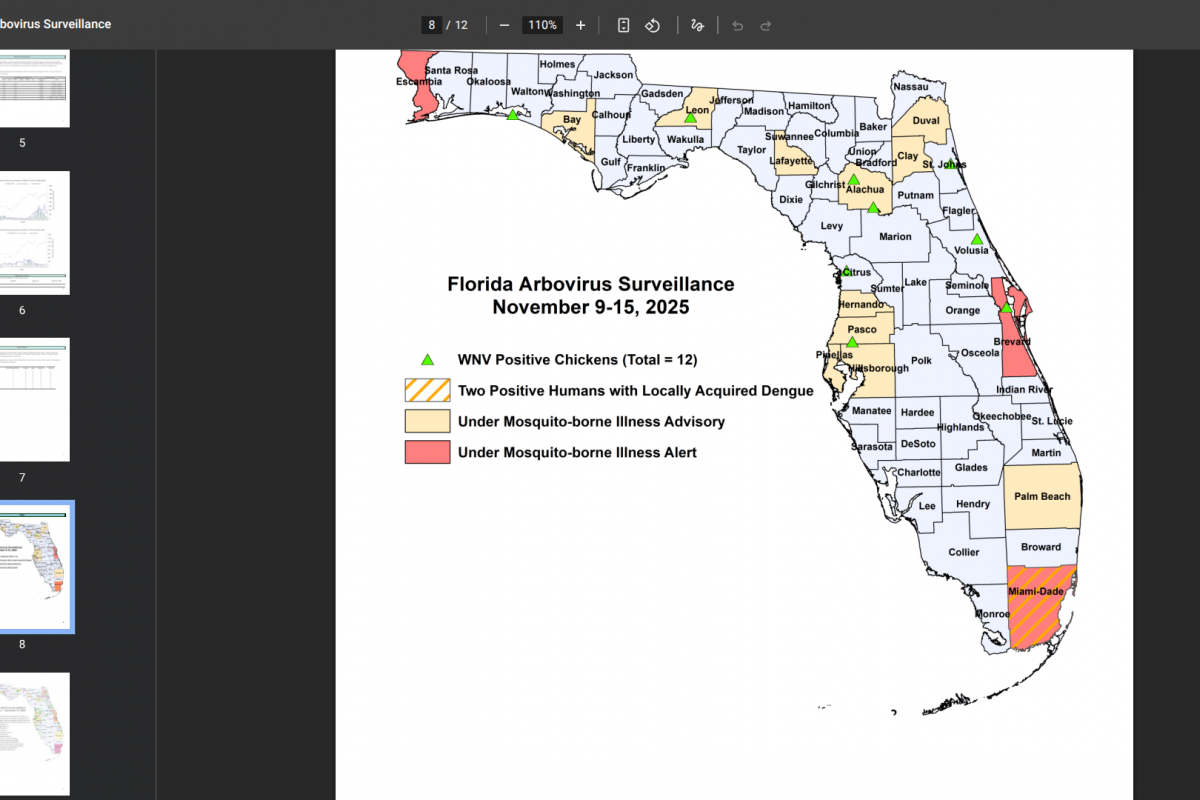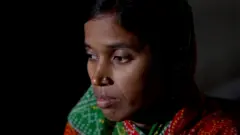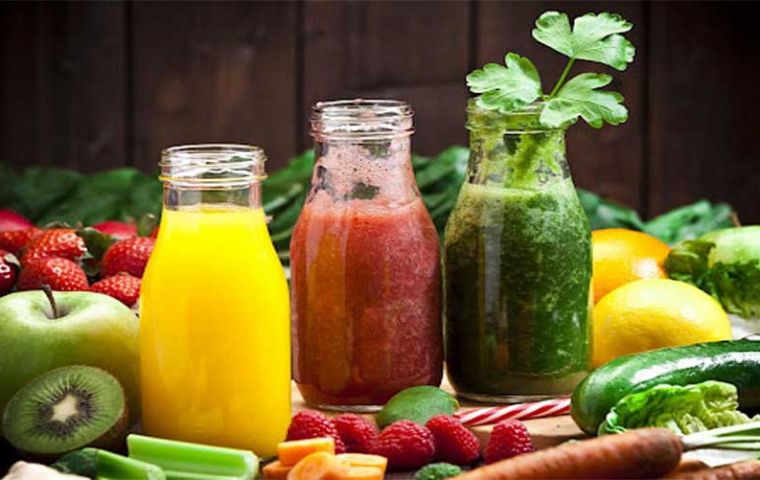Texas citrus shows heavy crop, smaller fruit – AgriLife Today
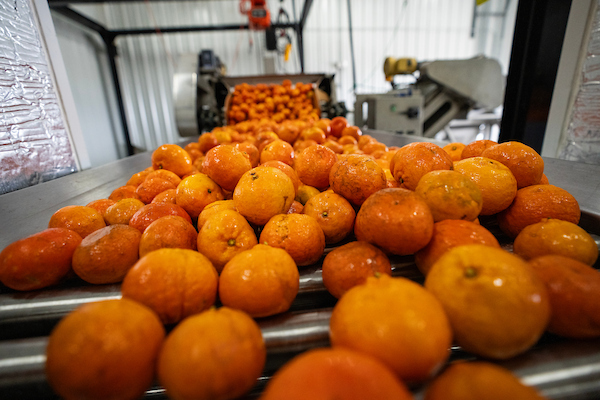
Report on Texas Citrus Industry: Production Challenges and Sustainable Development Implications
This report analyzes the current state of the Texas citrus industry, focusing on production challenges, market conditions, and water resource scarcity. The findings are framed within the context of the United Nations Sustainable Development Goals (SDGs), particularly those concerning food security, water management, economic growth, and climate action.
I. Crop Production and Economic Viability
Current Harvest Status and Market Performance
The Texas citrus season is experiencing delays, with fruit size impacted by limited irrigation. While crop quality remains high, these production factors present challenges to achieving SDG 2 (Zero Hunger) by affecting food supply chains and agricultural productivity.
- Shipping Volume: A significant decline in shipped volume has been recorded. By November 8, 2024, 448,000 boxes were shipped, compared to 636,000 boxes by the same time in the previous year.
- Market Prices: Producer revenue has decreased, impacting the economic sustainability of farming operations, a key target of SDG 8 (Decent Work and Economic Growth). Prices have fallen to $20-$22 per box, down from $26-$32 per box in the prior year.
Post-Storm Recovery and Production Fluctuations
The industry continues its recovery from Winter Storm Uri (2021), which severely impacted production. While total fresh fruit production recovered to 4.1 million boxes in the 2023-2024 season, it dipped to 3.6 million in 2024-2025. This volatility underscores the vulnerability of food production systems and the need for resilient agricultural practices as outlined in SDG 12 (Responsible Consumption and Production).
II. Water Scarcity and Climate Resilience
Critical Water Management Challenges
The most significant long-term threat to the Texas citrus industry is water scarcity, a direct challenge to SDG 6 (Clean Water and Sanitation). Sustainable water management is essential for the industry’s survival and its contribution to regional economies.
- Reservoir Levels: The Falcon Reservoir, a primary source for agricultural irrigation, remains at critically low levels, rising only from 9% to approximately 15% capacity after receiving water from the Amistad Reservoir.
- Impact on Production: Limited water allotments have directly resulted in smaller fruit sizes, demonstrating the immediate link between water availability and agricultural output.
Climate-Related Pressures
The industry’s struggles with extreme weather events like Winter Storm Uri and persistent drought conditions highlight its vulnerability to climate change. Addressing these impacts is crucial for advancing SDG 13 (Climate Action) by building resilience in the agricultural sector.
III. Statewide Agricultural and Environmental Conditions
Regional Assessment of Agricultural Stress
Summaries from AgriLife Extension districts across Texas reveal widespread environmental stress, impacting progress toward SDG 15 (Life on Land), which aims to protect terrestrial ecosystems. Key challenges include:
- Panhandle: Dry conditions are affecting grain and oilseed crops.
- South Plains: Very dry conditions are hindering the emergence of winter wheat and stressing rangelands.
- Rolling Plains: Dry, warm conditions have led to poor pasture conditions and spotty wheat emergence.
- West Central: Unseasonably hot and dry weather has depleted stock tanks and deteriorated rangeland quality.
- Southeast: Drought conditions are delaying the planting and germination of small grains and ryegrass.
- Southwest: Persistent dry conditions have led to declining soil moisture and aquifer levels near historic lows.
- Coastal Bend: Extreme drought has resulted in critically low soil moisture, deteriorating pastures, and declining hay inventories.
- South: Extremely dry conditions are stressing all crops, including vegetables and citrus, and depleting rangeland and water sources for livestock and wildlife.
Implications for Sustainable Agriculture
The widespread reports of drought, poor soil moisture, and reliance on supplemental feed for livestock indicate a systemic challenge to sustainable agriculture in the region. These conditions threaten not only crop production but also the health of pastures and rangelands, undermining the ecological foundation necessary for long-term food security (SDG 2) and biodiversity (SDG 15).
Analysis of Sustainable Development Goals in the Article
1. Which SDGs are addressed or connected to the issues highlighted in the article?
- SDG 2: Zero Hunger – The article’s primary focus is on agricultural production, specifically the Texas citrus crop, which relates directly to food production and food security.
- SDG 6: Clean Water and Sanitation – A major theme is the challenge of water scarcity for irrigation, highlighting the critical role of water management in agriculture.
- SDG 8: Decent Work and Economic Growth – The economic viability of the citrus industry is discussed, including production values, market prices, and the overall economic impact, which affects the livelihoods of farmers.
- SDG 13: Climate Action – The article mentions the impact of extreme weather events like Winter Storm Uri and persistent drought conditions, linking agricultural challenges to climate-related hazards.
- SDG 15: Life on Land – The widespread discussion of soil moisture, pasture and rangeland conditions, and the effects of drought on land productivity connects to the sustainable use of terrestrial ecosystems.
2. What specific targets under those SDGs can be identified based on the article’s content?
-
SDG 2: Zero Hunger
- Target 2.3: By 2030, double the agricultural productivity and incomes of small-scale food producers. The article discusses the productivity (shipping volume) and income (prices per box) of citrus producers, highlighting challenges like lower prices and reduced volume that directly impact this target.
- Target 2.4: By 2030, ensure sustainable food production systems and implement resilient agricultural practices that increase productivity and production. The article details challenges to sustainable production, such as water scarcity and extreme weather, which threaten the resilience of the citrus industry.
-
SDG 6: Clean Water and Sanitation
- Target 6.4: By 2030, substantially increase water-use efficiency across all sectors and ensure sustainable withdrawals and supply of freshwater to address water scarcity. The article explicitly states that “access to irrigation water remains the industry’s biggest challenge” and mentions that the Falcon Reservoir, a key water source, has “critically low and uncertain” supplies, pointing directly to issues of water scarcity and the need for efficient use.
-
SDG 8: Decent Work and Economic Growth
- Target 8.2: Achieve higher levels of economic productivity through diversification, technological upgrading and innovation. The article touches on the economic productivity of the citrus sector, noting its “total economic impact exceeding $300 million annually.” However, it also highlights economic challenges, such as a significant drop in prices from “$26-$32 per box last year” to “$20-$22 per box” this year, which affects the sector’s economic health.
-
SDG 13: Climate Action
- Target 13.1: Strengthen resilience and adaptive capacity to climate-related hazards and natural disasters in all countries. The article provides a clear example of the impact of a climate-related hazard, stating that after “Winter Storm Uri in 2021,” grapefruit production fell by 33% and orange production fell by 62%. The ongoing “extreme drought and heat” mentioned in regional summaries also represents a climate-related hazard affecting agricultural resilience.
-
SDG 15: Life on Land
- Target 15.3: By 2030, combat desertification, restore degraded land and soil, including land affected by drought and floods, and strive to achieve a land degradation-neutral world. The regional summaries repeatedly describe conditions related to land degradation due to drought. Phrases like “Soil moisture was very short,” “pasture conditions remained poor,” and “drought severely impacted rangeland and pasture conditions” imply a widespread issue of land degradation affecting the state’s agricultural and natural ecosystems.
3. Are there any indicators mentioned or implied in the article that can be used to measure progress towards the identified targets?
-
For SDG 2 (Zero Hunger)
- Indicator for Target 2.3: Volume of production per labor unit or per unit of land. The article provides specific production volumes, such as “636,000 40-pound boxes of fresh grapefruit and oranges had been shipped” in a previous year compared to “448,000 boxes so far this year.” It also mentions total production figures like “4.1 million boxes in the 2023-2024 season.” These figures can be used to track agricultural productivity.
- Indicator for Target 2.3: Income of small-scale food producers. The article directly mentions the prices producers receive: “$20-$22 per box, compared to $26-$32 per box last year,” which serves as a direct measure of producer income.
-
For SDG 6 (Clean Water and Sanitation)
- Indicator for Target 6.4: Level of water stress. The article implies this indicator by reporting the capacity of the Falcon Reservoir, which “rose from 9% capacity to around 15% capacity” but remains “critically low.” This percentage is a direct measure of the availability of freshwater resources and thus the level of water stress.
-
For SDG 8 (Decent Work and Economic Growth)
- Indicator for Target 8.2: Annual growth rate of real GDP per employed person. While not explicitly GDP, the article provides a proxy through the “total economic impact exceeding $300 million annually” for the Texas citrus industry. Fluctuations in production volume and prices directly affect this economic value.
-
For SDG 13 (Climate Action)
- Indicator for Target 13.1: Number of deaths, missing persons and directly affected persons attributed to disasters per 100,000 population. The article provides data on the economic and agricultural impact of disasters, which is a component of this indicator. For example, the drop in production after Winter Storm Uri (“grapefruit production fell… down 33%… Orange production was… down 62%”) quantifies the direct effect of a climate-related disaster on the agricultural sector.
-
For SDG 15 (Life on Land)
- Indicator for Target 15.3: Proportion of land that is degraded over total land area. The article provides qualitative data that implies this indicator. Descriptions across multiple districts such as “Soil moisture was very short to adequate,” “Pasture and rangeland conditions were poor to good,” and “drought severely impacted rangeland and pasture conditions” serve as descriptive assessments of land degradation.
4. SDGs, Targets, and Indicators Table
| SDGs | Targets | Indicators |
|---|---|---|
| SDG 2: Zero Hunger | 2.3: Double agricultural productivity and incomes of small-scale food producers.
2.4: Ensure sustainable food production systems and resilient agricultural practices. |
– Volume of citrus production (e.g., “448,000 boxes” vs. “636,000 boxes”). – Income per unit of production (e.g., “$20-$22 per box”). – Impact of weather on production (e.g., smaller fruit sizes due to limited irrigation). |
| SDG 6: Clean Water and Sanitation | 6.4: Substantially increase water-use efficiency and address water scarcity. | – Level of water stress, indicated by reservoir capacity (e.g., “Falcon Reservoir… rose from 9% capacity to around 15% capacity”). – Mention of “limited summer irrigation” and “critically low” water supplies. |
| SDG 8: Decent Work and Economic Growth | 8.2: Achieve higher levels of economic productivity. | – Total economic impact of the industry (e.g., “exceeding $300 million annually”). – Market prices for agricultural products (e.g., drop from “$26-$32 per box” to “$20-$22 per box”). |
| SDG 13: Climate Action | 13.1: Strengthen resilience and adaptive capacity to climate-related hazards. | – Economic and production losses from extreme weather events (e.g., production fall of 33% for grapefruit and 62% for oranges after Winter Storm Uri). – Prevalence of drought conditions (e.g., “Extreme drought and heat persisted”). |
| SDG 15: Life on Land | 15.3: Combat desertification and restore degraded land and soil. | – Qualitative assessment of land condition (e.g., “Soil moisture was very short,” “Pasture and rangeland conditions were poor to good,” “drought severely impacted rangeland”). |
Source: agrilifetoday.tamu.edu
What is Your Reaction?
 Like
0
Like
0
 Dislike
0
Dislike
0
 Love
0
Love
0
 Funny
0
Funny
0
 Angry
0
Angry
0
 Sad
0
Sad
0
 Wow
0
Wow
0
